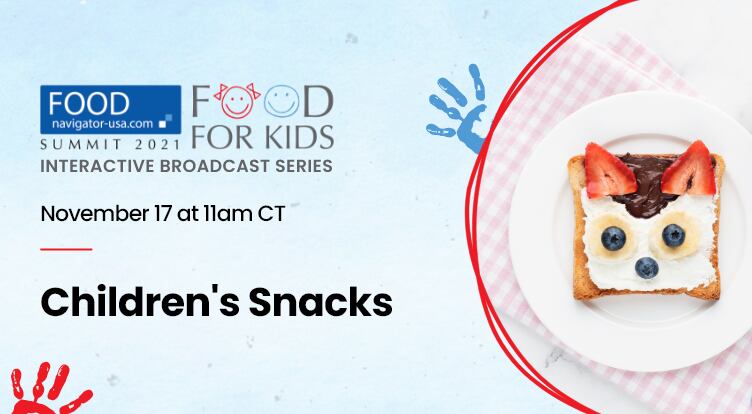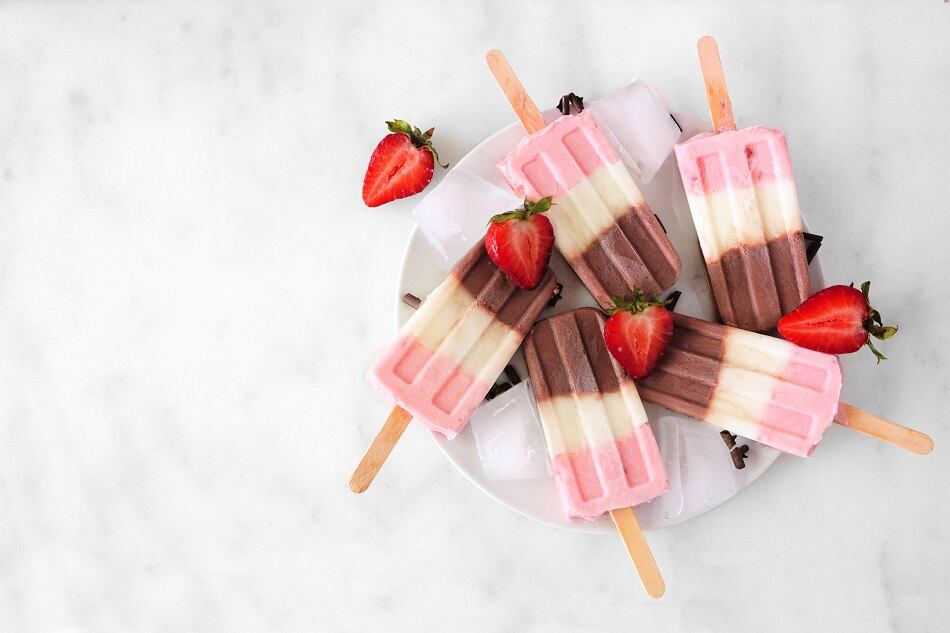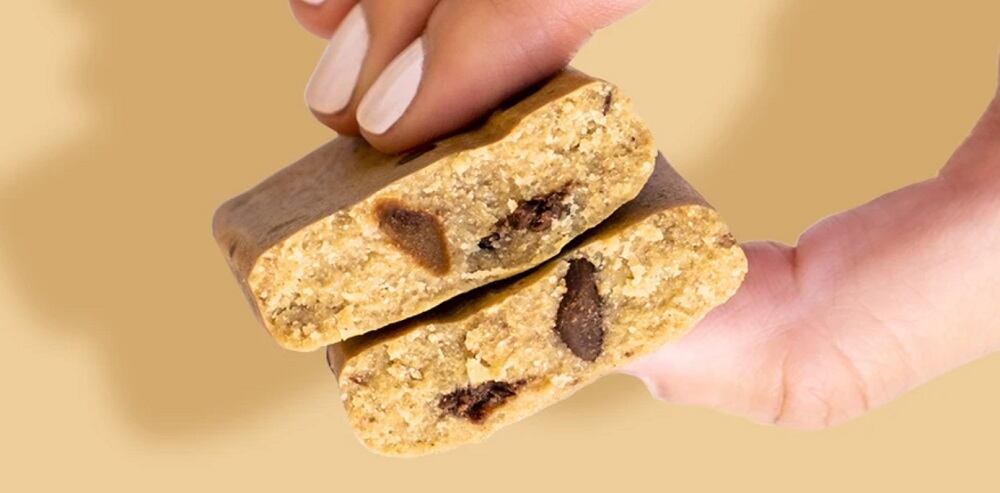Mintel's consumer research findings noted that 51% of consumers surveyed are snacking because they are treating themselves more often, and 50% are snacking as a form of added comfort.
Additionally, 78% of consumers believe snacking can be a part of a healthy diet and 69% want snacks that balance health and taste.
This has broadened the definition of snacking particularly in the area of permissible indulgence, an area in which the frozen aisle is uniquely positioned to win, claimed Mintel senior consultant Paris Hogan in a new report.
According to Mintel, 38% of frozen novelty consumers reported that they are snacking more often than before the pandemic and in the last six months, 59% of consumers said they purchased frozen desserts as a snack.
"As the definition of snacking has widened, frozen snacking has entered the consideration set in a big way," said Hogan.
Flavor and taste outweigh health attributes
"When choosing a snack to eat, 'taste,' 'flavor,' and 'satisfying a craving' out-rank 'health,' in terms of importance," said Hogan.
According to Mintel consumer data, three out of four consumers look for options that are both healthy and taste great, but very few (39%) are willing to sacrifice taste for a healthier option.
This trend towards snack options that balance indulgence with health attributes has given rise to a new breed of snacking options in the frozen set, noted Hogan.
"Frozen treats are no longer solely confined to the late evening/nighttime after dinner occasion, and in consumer’s minds, have likely evolved from frozen treats to frozen snacks," she said.
"Consumers are now eating frozen novelties in the early afternoon, late afternoon, and some in the late-AM, along within the evening. And, 62% of consumers snack on frozen yogurt bars and 50% on frozen ice cream bars, at least a few times a week."
Growth of frozen novelties category
This has played out in the broader market landscape with the frozen novelties market reaching $6bn in June 2021 in multi-outlet (MULO) channels growing at a rate of 13.5% in the past year vs. ice cream's 3% growth, according to Mintel.
Brands such as Yasso, Outshine, and My Mochi, which have introduced a number of better-for-you products and formats to the frozen novelties category, are outpacing traditional ice cream and frozen dessert products, noted Hogan.
Meanwhile, snacking brands such as KIND have proven successful by turning up the indulgence aspect of their products. Last year, KIND entered the frozen category with its line of KIND frozen bars.
"Both Yasso and Outshine outperform diet-related brands (Halo Top, Enlightened, Rebel) and traditional ice cream brands (Ben & Jerry’s, Häagen-Dazs) on permissibility attributes," said Hogan, adding that the market for permissibly indulgent snacks is poised for more growth.
"Permissible indulgence is growing in demand, and substantial opportunities exist for frozen snacks to fill the void. And, opportunities lie ahead to extend into even more day parts, to address the needs of a wide range of consumers looking to balance health and taste, a trend that has been led by brands like Kind, Outshine, Yasso, and Sabra," said Hogan.
FOOD FOR KIDS 2021
How does frozen and fresh snacking impact kids' snacking trends? Find out during Part II of the FOOD FOR KIDS Interactive Broadcast Series taking place on Wednesday, Nov. 17th. Register HERE.



